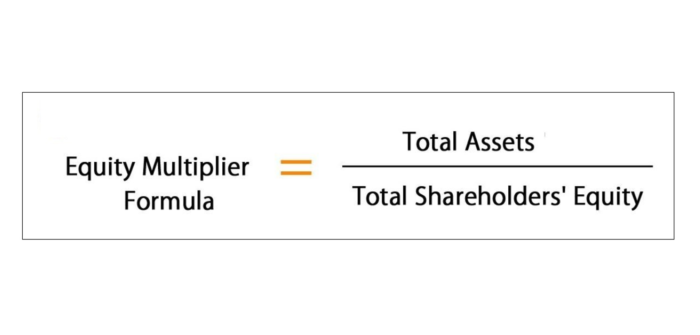
Operating profit can then be calculated by taking the gross profit and subtracting operating expenses. On this multi-step income statement, the operating expenses are listed as selling, general, and administrative expenses. The Gross profit part of a multi step income statement shows Net Revenues (Net Sales and Net Service Revenues) minus Cost of goods sold. The Operating Budgeting for Nonprofits income part lists operating expenses and subtracts them from Gross profit to equal Operating income.
- Consequently to understand the multi step income statement we first need to understand what is meant by a single step income statement.
- Hence, the potential investors and creditors will gain better clarity of your company’s financial footing, which helps boost your chances of getting funding and bank loans.
- A multi-step statement is an income statement prepared to report a company’s sales and revenue, expenses and overall profit or loss for any given period.
- This format not only aids in understanding the core profitability of the business but also highlights the impact of non-operating activities on overall financial results.
- The multi-step income statement includes multiple subtotals within the income statement.
What is the Role of Inventory Valuation Methods in Preparing COGS?
For a company manufacturing a product, or for a wholesaler, distributor, or retailer involved in the business of selling that product, the revenue from primary activities refers to revenue achieved from the sale of the product. Here’s a breakdown of the core steps involved in preparing a multi-step income statement, a journey that takes us from raw figures to actionable insights. The following example illustrates the format of a typical multi-step income statement. The calculation steps are multi step income statement clarified via the ’+’ and ’−’ symbols on the left of various income and expense items. Before you begin, ensure you have all the relevant financial data from the period in question. This includes sales figures, expense receipts, records of any asset sales, and so on.
Financial Accounting

The detailed format of the statement allows businesses to communicate their financial health and operations transparently, fostering trust among investors, creditors, and other stakeholders. Service businesses that have multiple offerings or diverse revenue streams can use the multi-step format to break down their earnings from core services versus secondary or ancillary services. Each of these relationships is important because of the way it relates to an overall measure of business profitability. However, because of large sales commissions and delivery expenses, the owner(s) may realize only a very small amount of the gross margin as profit.
- A multi-step income statement provides additional details lacking in single-step income statements, categorizing expenses as direct or indirect costs.
- A very small business like a sole proprietorship is more likely to prepare a single step income statement.
- Multi-step income statements are one of the two income statement formats businesses can use to report their profits.
- This adjustment leads to the calculation of total income before taxes, also known as pre-tax income.
- The primary purpose of an income statement is to convey details of profitability and business activities of the company to the stakeholders.
- Therefore, if you want to get a clear picture of how well the company is performing, then the multi step income statement is where you’ll find all the information.
Single-Step vs. Multiple-Step Income Statement

The format of the multi-step income statement contains Selling and Admin Expenses as the second section. It notes all company operating expenses in two categories that are Selling and Administrative. A financial reporting period, also called an accounting period, refers to the timespan your income statement will cover.

- It uses a single subtotal for all revenue line items and a single subtotal for all expense line items, with a net profit or loss appearing at the bottom of the report.
- With a single step statement, all the financial elements—revenues, expenses, gains, and losses—are combined into one comprehensive overview without any further categorization.
- However, in the case of multi step income statement, the company will be able to subdivide its revenue according to the type of sales, such as sales revenue from different products or regions.
- Skynova is dedicated to demystifying small business accounting, allowing for more streamlined bookkeeping.
Understanding the advantages and disadvantages of single-step income statements can help you determine if this is the right option for you. Direct costs are also known as non-operational costs and refer to expenses for a certain project, product, or service. Indirect costs CARES Act are also known as operational costs and refer to generalized expenses related to a business’s broader operations, which can’t be attributed to a certain project, product, or service. Examples include employee salaries, research and development, marketing expenses, and infrastructure costs like rent, utilities, and phone services. Small businesses with simple operations, such as sole proprietors and partnerships, are more likely to use a single-step statement because it’s simple to prepare and read.

